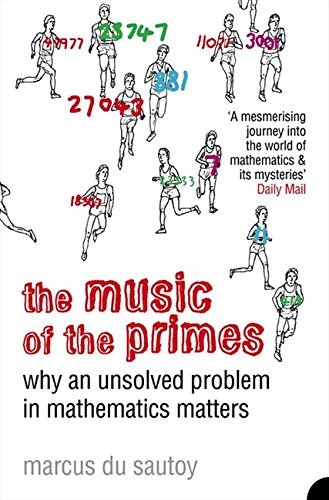
Price: [price_with_discount]
(as of [price_update_date] – Details)
[ad_1]
Prime numbers are the atoms of arithmetic, the building blocks for all other numbers. In school, we are taught that a prime is one that cannot be divided evenly by any other number except one and itself. What we are not taught is that primes represent the most tantalizing mystery in the pursuit of human knowledge. How can one predict when the next prime number will occur? Is there a formula that could generate primes? Where is the pattern behind these elusive numbers? These questions have formed a riddle that has confounded mathematicians since the ancient Greeks. The answer would revolutionize the world of math, and much more.
Nearly 150 years ago, a German mathematician named Bernard Riemann came as close as anyone has ever come to solving this problem. In 1859 he presented a paper on the subject of prime numbers to the Berlin Academy. At the heart of his presentation was an idea — a hypothesis — that seemed to reveal a magical harmony between primes and other numbers. It was an idea that Riemann argued was very likely to be true. But after his death, his housekeeper burned all of his personal papers, and to this day, no one knows whether he ever found the proof.
ASIN : B00NBCI8PI
Publisher : Harpercollins Pub Ltd (August 1, 2004)
Language : English
[ad_2]